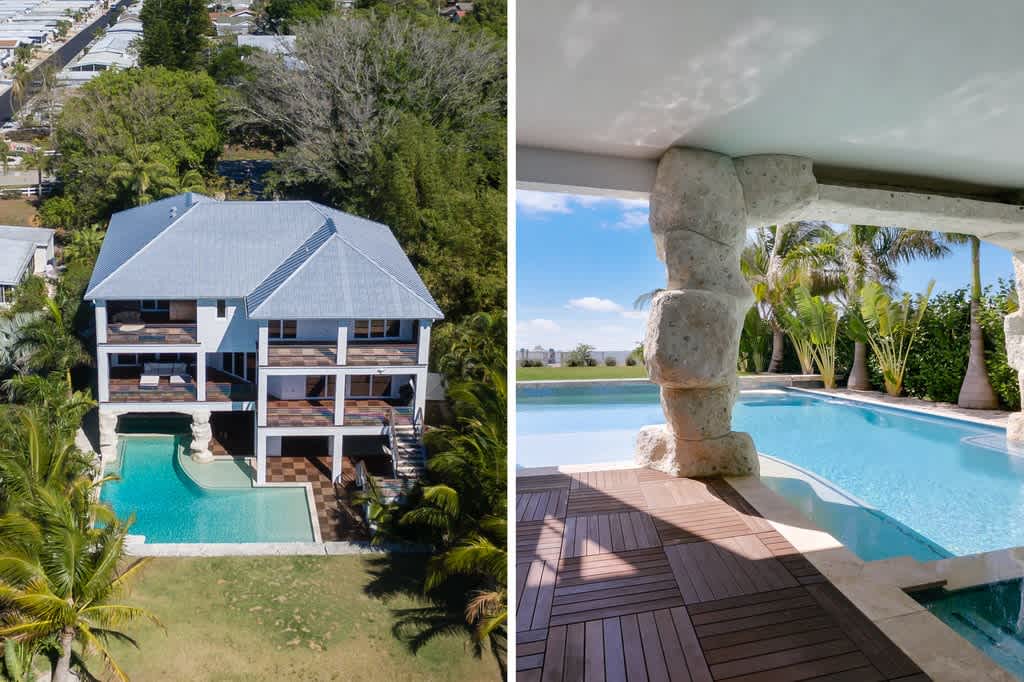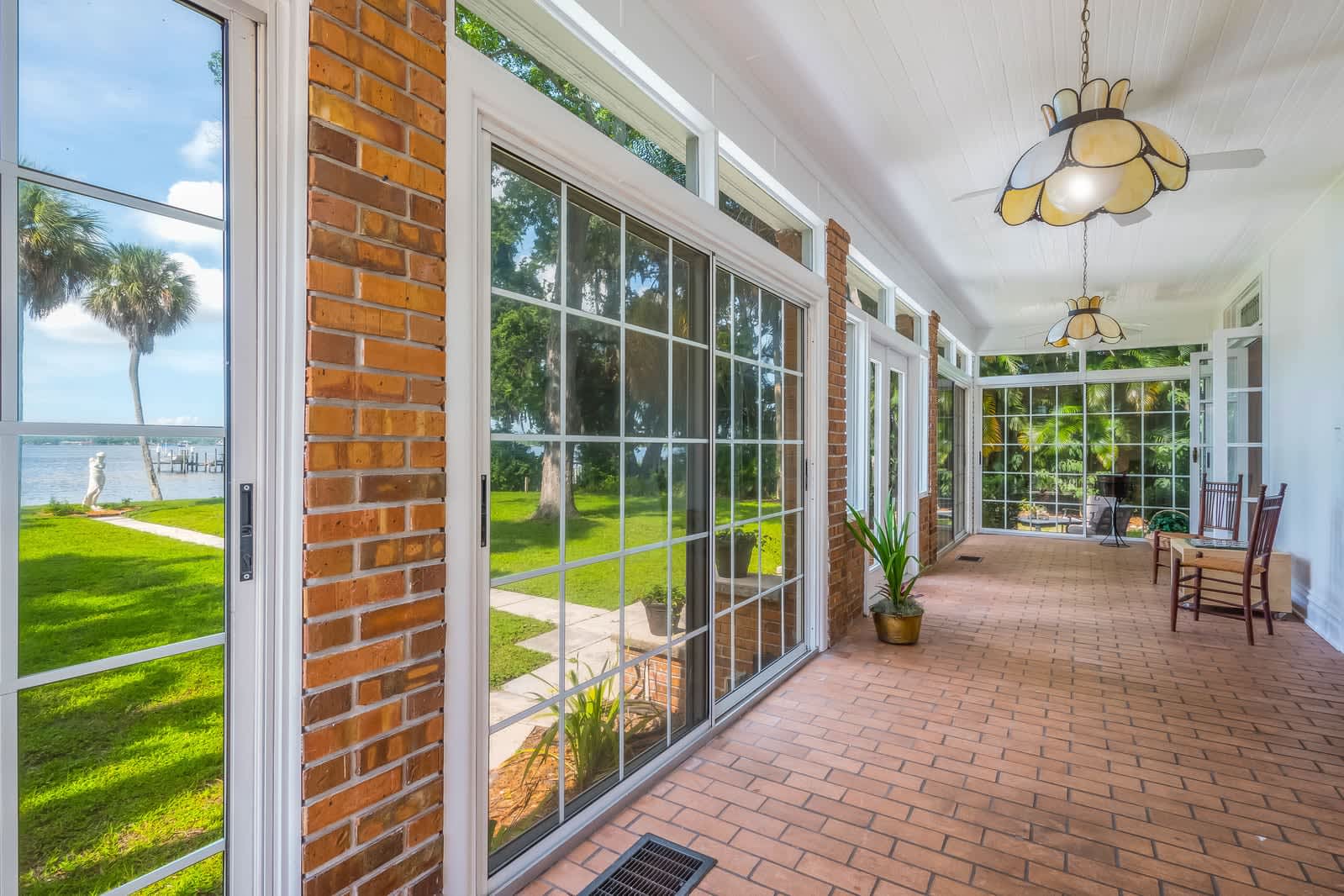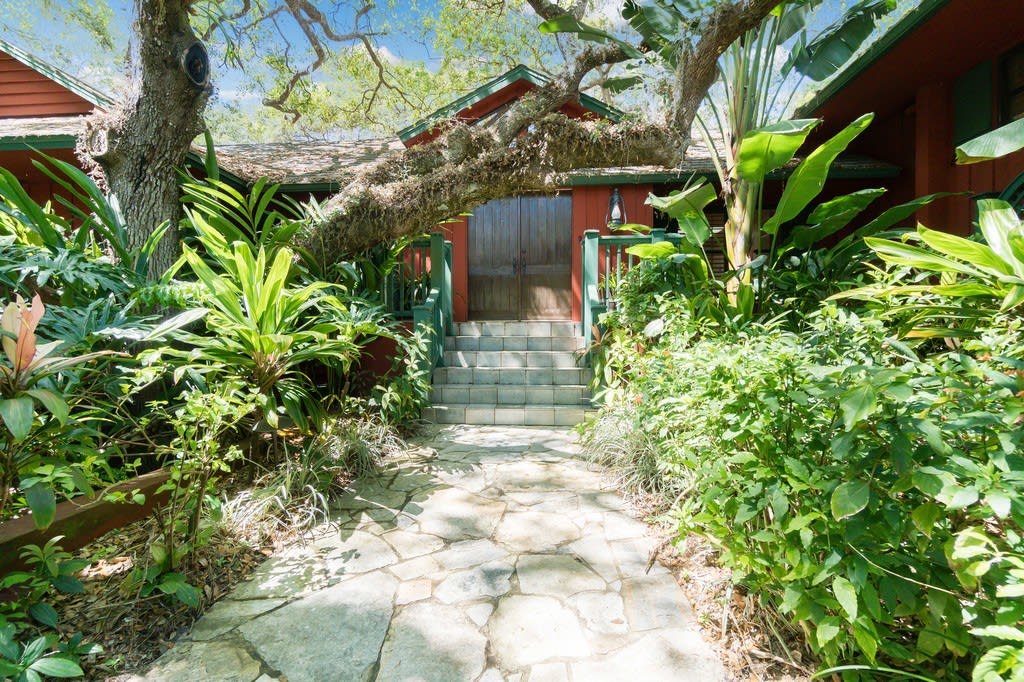Listing photos are usually a buyer’s first impression of a home and can determine whether or not it’s worthy of a walkthrough. For the layperson, it isn’t always easy to know what exactly makes a good photo, but you can’t mistake a bad one.
Here are a few key real estate photography tips for making your listing photos the best they can be.
Focus the viewer’s eye
As a visual medium, photography is all about drawing the viewer’s eye to what YOU want them to remember. Identify and direct attention to the best feature you want the viewer to see in the room, yard or other space. Emphasize the photo’s primary feature and omit unnecessary objects that distract from it. Don’t try to include every single thing in one shot.
Credit: Jon Stewart from the Hover Bureau
Provide a complete scene
Take lots of photos to figure out which angle will best show off the scene. Although the granite counters or fine-grained cherry cabinets are selling points, don’t zoom in so close that you literally lose the bigger picture. A wider shot gives buyers context, so they can make
sense of what they’re seeing.
Credit: Jon Stewart from the Hover Bureau
Brighter is better…
Used strategically, natural light can sometimes be better than ambient lighting. Beware of lamps’ or overhead fixtures’ illumination that can disguise a space’s real charm and let natural light stream in when and where you can.
Credit: Jon Stewart from the Hover Bureau
Even night time can make a home look magical. The right lighting might be difficult to pull off, but done correctly, a home lit up at twilight glows with warmth and welcome to spark a buyer’s imagination.
But beware the glare
A clear day is ideal for photographing a home, but don’t let sunbeam glares wash out a room and ruin your shot. Light entering a space through open windows can also throw off the lighting in a room — especially one painted in a deep color, making it appear dark and gloomy — so judge for yourself which kind of light will best showcase the space.
Credit: Jon Stewart from the Hover Bureau
Prepare every space
A clean, tidy home allows buyers to more clearly see themselves living in it. Clean up the clutter, eradicate any ugly stains, lower the toilet seats, take all magnets off the fridge, make the beds, remove the homeowner’s private documents, organize the garage — do as much tidying as you can. Clearing away the mess showcases the home’s cleanliness and potential, attracting buyers to the clean lines of a room instead of repelling them with its detritus.
Don’t forget to reflect the season in which you’re listing. Homeowners tend to envision blooming spring gardens and summer barbecues when they see photos of a home — not imagine themselves shoveling snow and covering outdoor faucets.
Use nature to sell the home, even if you’re listing in fall or winter. For example, a pristine blanket of snow might show off a spacious yard and fall foliage colors invite buyers to picture themselves using a terrace late in the year.
Credit: Jon Stewart from the Hover Bureau
Hire a professional
Sometimes it’s just faster and easier to outsource a job like real estate photography, especially when you’re under stringent timelines. Use local professional photographers who have the time and expertise to take as many great-looking photos as you need. Bonus: they’re likely to want to develop a mutually beneficial relationship with you.
Buyers know terrible listing photos when they see them, and there’s no salvaging blurry, poorly lit photos — or photos where the angle or composition is outright confusing.
Bad real estate listing photos can make buyers question a home’s structural integrity, cleanliness and worth. Good listing photos can catch their eye, capture their imagination and show them what they will love about a particular home.





